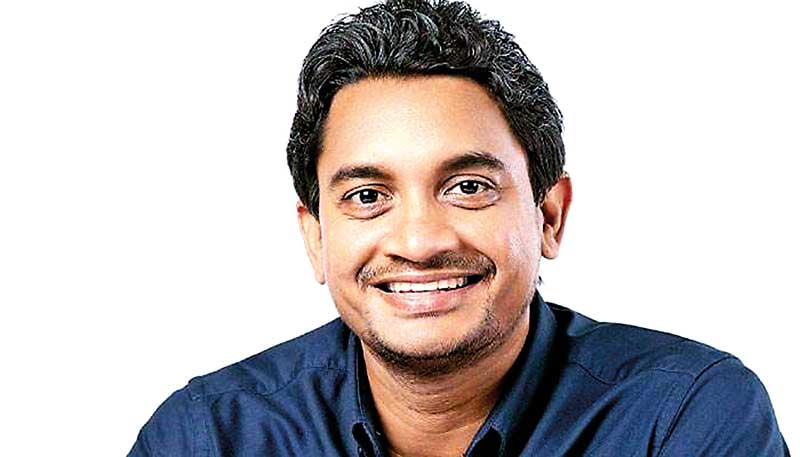Monday Nov 24, 2025
Monday Nov 24, 2025
Monday, 24 November 2025 06:12 - - {{hitsCtrl.values.hits}}

Deputy Industry and Entrepreneurship Development Minister Chathuranga Abeysinghe
The Government is seeking to accelerate reserve accumulation, attract higher foreign investment, and maintain fiscal discipline to manage the rise in external debt repayments after 2028, Deputy Industry and Entrepreneurship Development Minister Chathuranga Abeysinghe told an online forum last week organised by Tellimer and Softlogic Stockbrokers.
He said Sri Lanka’s external debt service will rise by about $ 785 million from 2028, making it essential to build a stronger reserve buffer ahead of those obligations. “We are pretty sure that if we go through this trajectory, we will have enough reserves which do not have to trouble our consumption or external stability,” he said.
Responding to investor concerns about the post-2028 outlook, he dismissed talk of a renewed repayment crisis. “There is a little bit of an unwanted fear,” he said, noting that the restructuring has already smoothed the path. “The additional payments are manageable, and if we maintain this trajectory, we will be in a very strong position to meet our external commitments.”
Last September, independent economic think tank Arutha Research dispelled ‘overstated’ fears that Sri Lanka faces a looming debt servicing cliff when it resumes capital repayments of restructured foreign loans in 2028.
In 2028, Sri Lanka begins capital repayments on bilateral debt to Japan, EXIM Bank China, and EXIM Bank India, while bullet payments and maturities for Macro-Linked Bonds (MLBs) are also scheduled to begin that year. However, Arutha noted that the repayments amounted to an additional $ 1 billion compared to the $ 2 billion debt servicing requirements in 2026 and 2027 comprising interest payments and multilateral (ADB, World Bank) loan repayments.
It noted that the country is on track to reduce its debt burden faster than International Monetary Fund (IMF) baseline projections, though questions remain over whether the new Public Debt Management Office (PDMO) has the capacity to manage complex borrowing once it takes over from the Central Bank of Sri Lanka (CBSL) and External Resources Department.
Deputy Minister Abeysinghe told the online investor forum that fiscal discipline would remain beyond the IMF program. “Whether the IMF is there or not, maintaining fiscal discipline is the need of the hour,” he said. “What I would like to see is another five-year forecast that we stick to.”
He said the reserve buildup must come from three sources: tourism, remittances, and higher foreign direct investment (FDI).
“FDI is the big trick we need to figure out because that is going to build reserves faster than incremental growth in tourism or remittances,” he said, adding that the Government aims to double annual FDI inflows from $ 1 billion to $ 2 billion within two to three years.
Sri Lanka’s IMF program, he said, has imposed fiscal discipline that had been missing from previous administrations. “What the IMF brought us was a rule book, a discipline, and a structure,” he said. “The Government previously was not managing fiscal policy in an appropriate manner.”